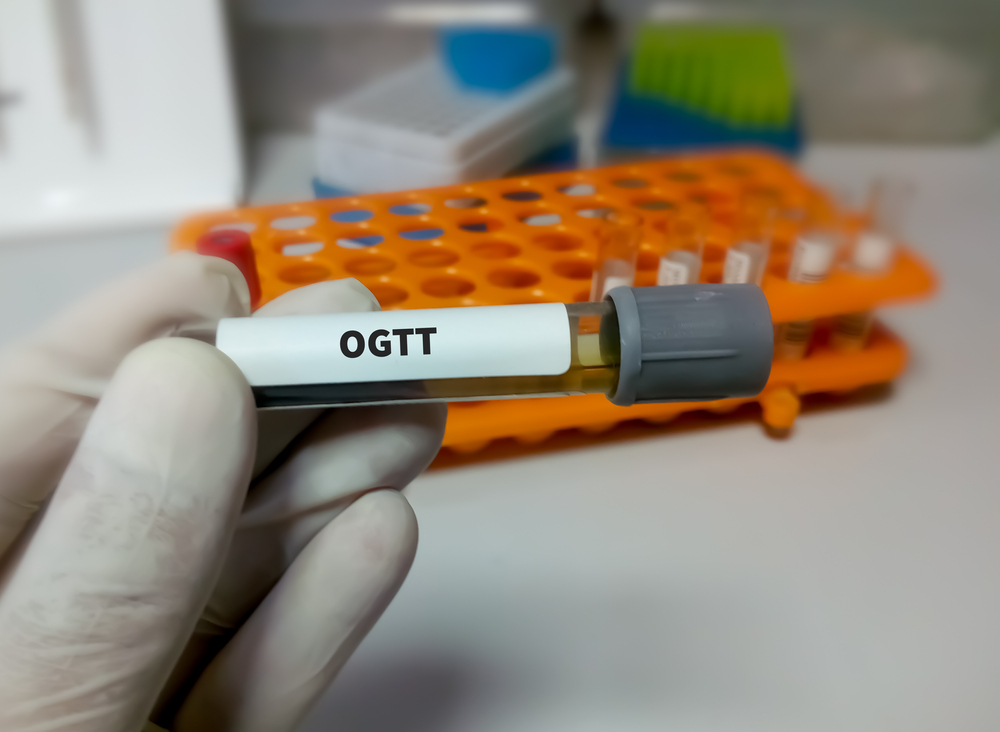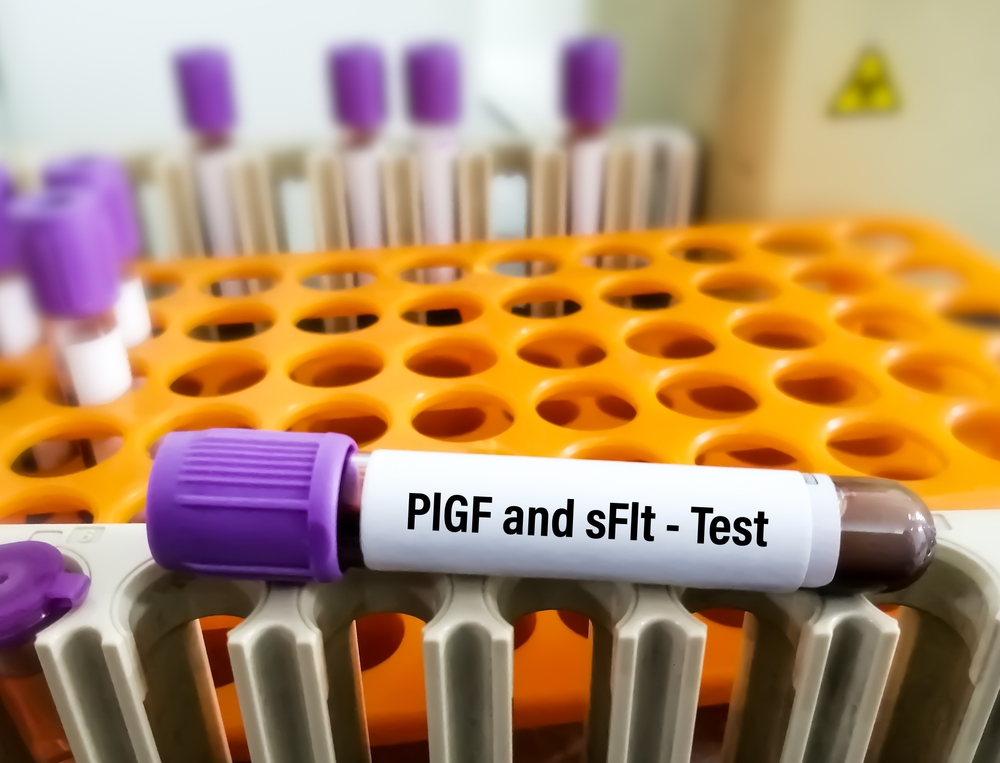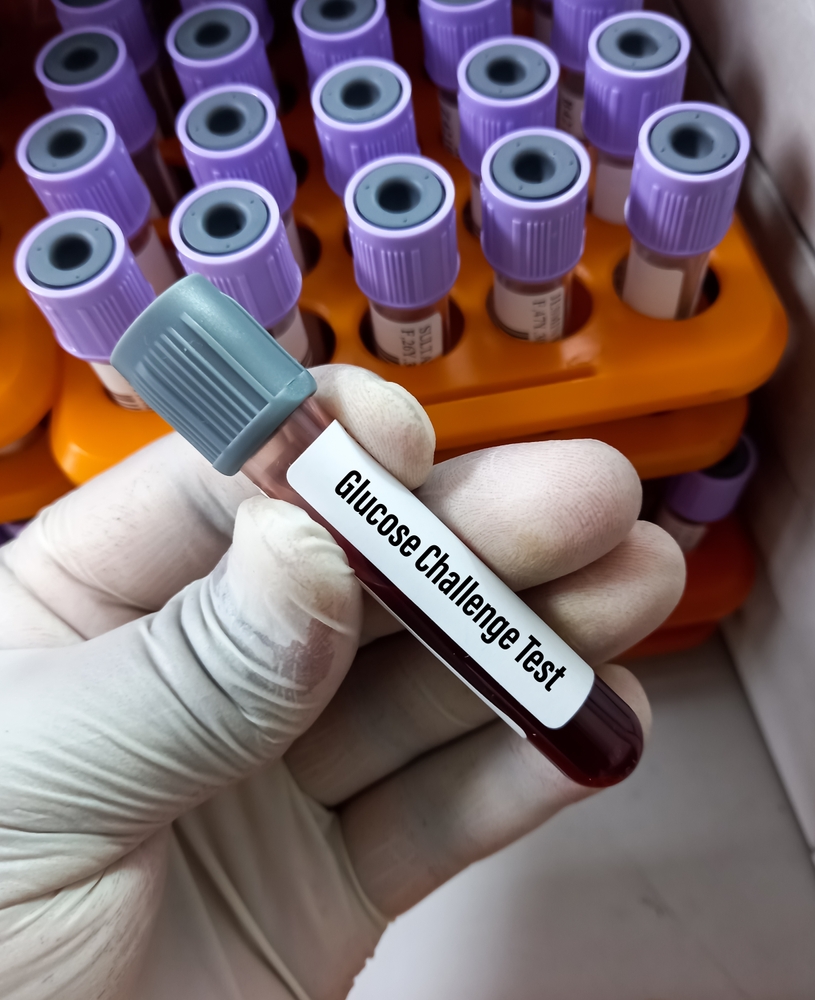
The reproducibility of the 75 g oral glucose tolerance test in pregnant Cameroonian women has been evaluated. Factors associated with non-reproducible results were also evaluated. The study has implications for clinical practice. Further research is warranted to determine the factors that lead to non-reproducible results.
Table of Contents
OGTT

The reproducibility of the 75 gram glucose tolerance test (OGTT) in pregnant women is low. This test has been shown to be unreliable in non-African women. To address this problem, this study evaluated the reproducibility of the 75 g OGTT in a Cameroonian population. In addition, the study also evaluated the factors that may contribute to non-reproducibility of OGTT results.
The glucose tolerance test is a simple screening procedure that establishes whether a pregnant woman has glucose intolerance. It is used in situations where borderline fasting and postprandial blood glucose levels are present. It can also be used in cases of unexplained hypertriglyceridemia or diabetes. This test is also useful in evaluating the risk of fetal abnormality associated with abnormal carbohydrate metabolism.
The test can also be used to determine gestational diabetes in pregnant women. The test requires a fasting overnight, three days of unrestricted diet and unlimited physical activity. During the test, the subject should remain seated and still. If the result falls within the reference range, it is likely to be an accurate marker of gestational diabetes.
FPG

A recent study looked at reproducibility of a 75 gram glucose tolerance test in pregnant women. Researchers were interested in understanding the distribution of these test results and the relationship between maternal glucose levels and neonatal macrosomia. The researchers found that the test results of almost 75% of women were reproducible. Nevertheless, women with predisposing factors, including gestational age and BMI, were less likely to be reproducible. This suggests that the results of a single oral glucose tolerance test should be interpreted with caution.
The 75-gram glucose tolerance test has been the standard for diabetes diagnosis in non-pregnant women for decades, and it has been recommended for use during pregnancy by the World Health Organization. However, new findings from the Schmidt et al. (2) in Diabetes Care suggest that the test can also detect gestational diabetes. It may even identify pregnant women at risk for pre-eclampsia or macrosomia.
Preparing for a pregnancy glucose tolerance test is simple. You will be given a solution that contains 75 grams of glucose. Then, a nurse will draw a blood sample. Two hours later, you will be given a second blood test.
SFLT

The reproducibility of a 75 gram glucose tolerance test during pregnancy was investigated. The relationship between maternal glucose values and neonatal macrosomia was also assessed. In the end, a reference range was determined for use in pregnancy. But the results were not consistent. In other words, the test might not be as accurate as it claims.
A study by Schmidt et al. evaluated glucose tolerance in 212 pregnant women who did not have any predisposing factors. The study aimed to establish a normal pattern of glucose metabolism during pregnancy. It set reference levels for early (14 weeks to 20 weeks), middle (22-27 weeks), and late pregnancy (28-37 weeks, n = 168). It excluded one woman with diabetes and a need for insulin. However, the results were generally normal.
This study was conducted in a tertiary care teaching institute in Karnataka, India. Eighty-three pregnant women were administered the WHO-75 gram glucose tolerance test (OGTT) after a fast. For those with fasting plasma glucose levels of 105 mg/dl or higher, diet or insulin therapy were recommended.
Fresh Test

The Fresh 75 gram glucose tolerance test pregnancy is a drinkable glucose solution that is organic, non-GMO, and made without additives. It is designed to be used as a screening tool for diabetes and gestational diabetes mellitus in women who are between 24 and 28 weeks pregnant.
It is safe to use during pregnancy, and there are no serious side effects or risks. However, some women may experience nausea, sweating, or lightheadedness after drinking the drink. This is normal and should subside after eating a real meal. These side effects may be indicative of gestational diabetes, and it is best to speak to your doctor if you experience any of these symptoms.
The Fresh 75 gram glucose tolerance test pregnancy is the most commonly used type of OGTT during pregnancy. It requires fasting for eight hours and is often used to detect gestational diabetes. However, there are disagreements over the amount of glucose to be consumed, the number of samples needed, and the cutoffs used for diagnosis. This is why it is best to perform the test by a healthcare professional.
Symptoms of gestational diabetes

If you have a history of gestational diabetes, you may need to have a 75-gram glucose tolerance test done. The test will reveal whether a woman is diabetic or not. Women with gestational diabetes have a greater risk of developing type 2 diabetes later in life. To reduce the risk, a healthy diet and exercise routine should be maintained during pregnancy.
If a woman's blood glucose levels are significantly higher than normal, she may have gestational diabetes. If she does have the condition, she should be tested every 3 years, and should be sure to tell her doctors at each appointment. Even if her blood glucose levels are normal, she should be checked again before trying to conceive. Women with gestational diabetes are more likely to develop type 2 diabetes later in life, so it is important to get screened as early as possible.
Women at risk for gestational diabetes should undergo a glucose tolerance test between weeks 24 and 28. The test is performed by drawing a blood sample from a vein in the arm. The results of the test will determine the woman's blood glucose level in a fasting state. However, if the result of this test is abnormal, she should undergo a three-hour glucose tolerance test.
Preparation for OGTT

If you're expecting to undergo an OGTT during your pregnancy, you'll need to prepare for the test ahead of time. The time of day, fasting duration, and amount of carbohydrates consumed before the test can all affect the results. Therefore, it's important to avoid carbohydrate consumption at least two days before the test. Also, you should avoid caffeine-containing drinks or excessive movement during the test. The test usually lasts two hours and is administered early in the morning.
The OGTT is an important part of the diagnosis process of gestational diabetes. The test measures the body's ability to process sugar. A high result may mean gestational diabetes. This is a potentially dangerous condition, so it is important to avoid it during pregnancy.
Unlike the other tests, the OGTT will only give results based on the glucose tolerance level at the time of the test. It will only give a qualitative picture of the average blood glucose level within 24 hours. It will not tell whether a woman has type 1 or type 2 diabetes, nor can it predict whether she will be a good candidate for hypoglycemic medication. However, it will help the doctor make a diagnosis based on laboratory values and not on the results of a benchtop glucose meter.










